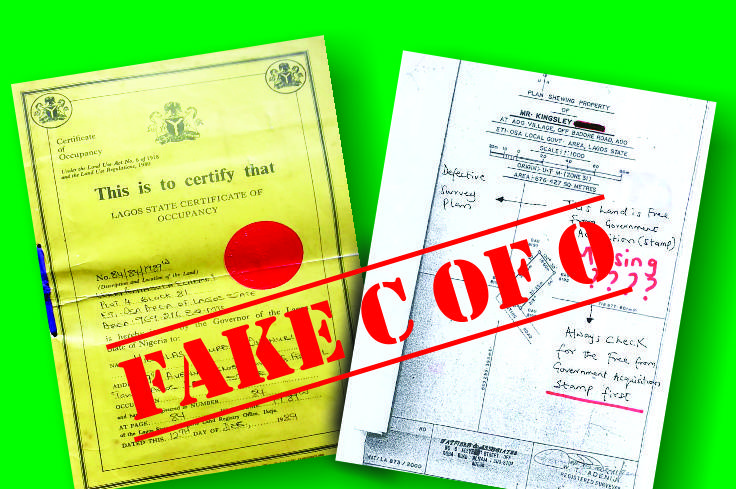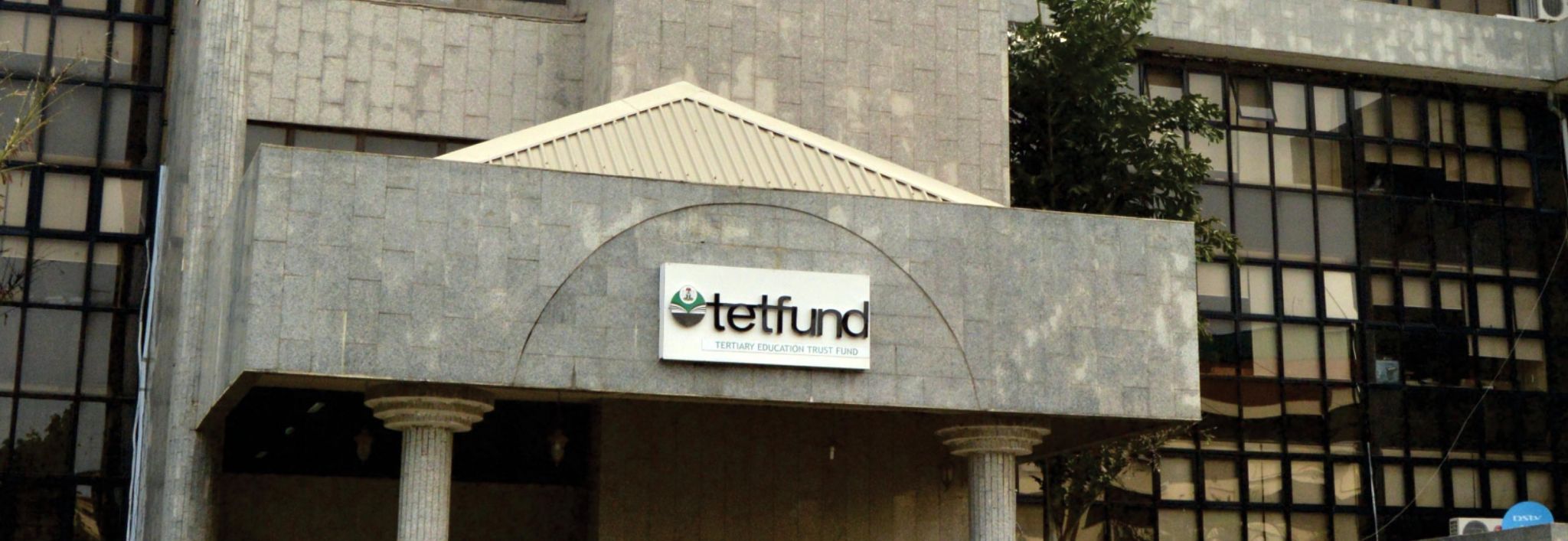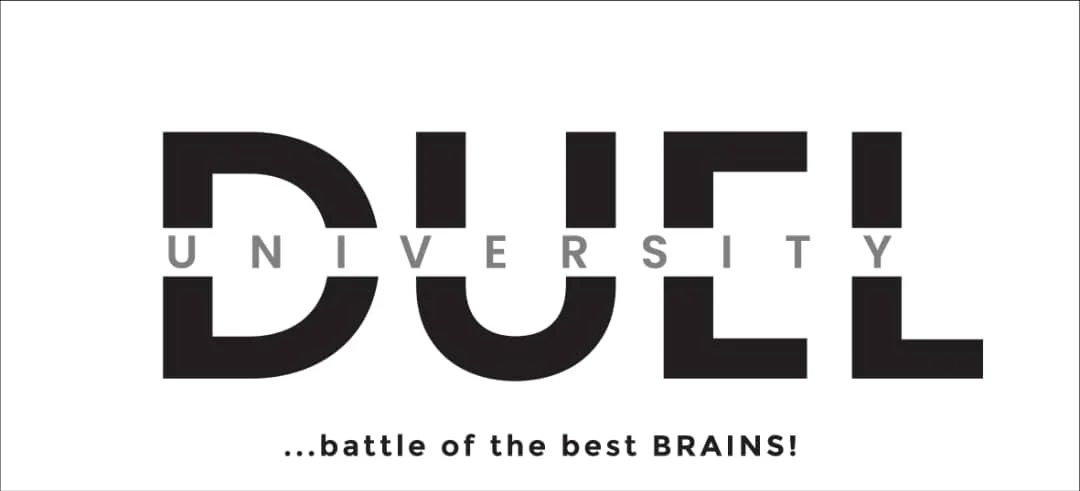Verify issuing organisation or institution
A lead technical consultant and UI/UX designer, Mr ‘Seyi Adebowale, said employers and individuals could verify the legitimacy of their certificates by contacting the granting organisation directly. He added, “One can also verify on their official website to make sure they (the information) correspond to the information on the certificate.”
Check for security features
Authentic certificates and high-level documents usually have special security features such as holograms, watermarks, security threads, and micro-printing, among others. Facial biometrics is another way to confirm if the identity of a passport or ID card holder is the same as the captured data. This system analyses the facial features of the applicant and when scanned during verification helps to confirm the true holder.
Use UV light
The ultraviolet light helps to identify hidden security features that may be present on genuine certificates. When UV light is focused on a banknote, certificate or document, it makes the hidden security threads or stripes glow. Knowledge of where the thread or stripes are and the proper wavelength of UV light is needed to ensure a successful detection process.
Verify signatures and seals
Degree certificates come with official seals and stamps, which may be embossed, stamped or raised. Adebowale advised issuing firms to ensure that the signatures and seals on the certificates were clear, distinct, and correspond to those of the authorised personnel.
Examine printing quality
According to him, authentic documents are typically produced with high-quality printing techniques. “Look for signs of poor printing such as blurred text or images, irregular ink distribution, or visible pixels,” he added.
Pay attention to writing style
The technical consultant said comparing the writing style on the certificate with other legitimate documents from the issuing institution was another way to check a document’s authenticity. Adebowale said, “Also, check for the consistency and variety of fonts. When more than four font styles are used, it raises the flag for multiple checks.”
Analyse any changed dates or information
“Search for indications of manipulation such as dates, names, or other specifics that have been changed or eliminated,” Adebowale advised. Forgers, to make their documents appear real, might tweak a few details such as the spelling of the institution name and/or a few letters in the address that might miss the eye at first glance.



